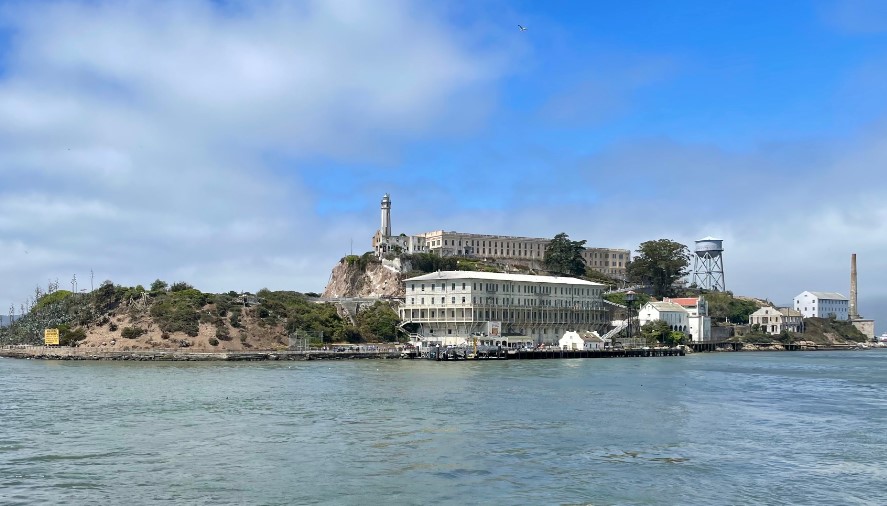In the pantheon of American history, few institutions evoke as much fascination and intrigue as Alcatraz Island. This small island in San Francisco Bay, often shrouded in fog and surrounded by treacherous currents, was once home to some of the most infamous criminals in American history.
The tales of notorious inmates like Al Capone and Robert Stroud still reverberate through popular culture today, their stories a chilling testament to the harsh realities of incarceration on ‘The Rock’.
Beyond its prison walls, however, lies a rich tapestry of history that is less well-known but no less fascinating. From its origins as a military fortress to its role in Native American activism during the late 20th century, Alcatraz Island has served many purposes throughout its existence.
This article aims to shed light on these lesser-known aspects of Alcatraz’s storied past. Through an exploration of both the infamous individuals who were incarcerated there and the broader socio-cultural context within which they lived, it seeks to unravel the enduring mystique surrounding America’s most iconic maximum-security prison.
Notorious Inmates and their Stories
Among the numerous inmates that Alcatraz Island housed throughout its operation, several notorious criminals stand out, their intriguing stories contributing significantly to the prison’s infamous reputation.
The likes of Al Capone and Robert Stroud, also known as ‘Birdman’, have been immortalized in popular culture due to their high-profile criminal activities and consequent incarceration at ‘The Rock’.
Al Capone, a prominent mob boss from Chicago during the Prohibition era, was sentenced to eleven years for tax evasion. Despite his initial cockiness upon arrival on Alcatraz, he soon found himself unable to exert influence or manipulate guards as he had done in previous institutions.
Robert Stroud presents another compelling story from within Alcatraz’s walls. Known for his remarkable interest in birds and ornithology while incarcerated elsewhere, Stroud was transferred to Alcatraz following a series of violent incidents with fellow inmates and staff. However, contrary to popular belief perpetuated by cinematic adaptations of his life, no birds were allowed on ‘The Rock’, thus putting an end to Stroud’s avian studies.
The narratives of these two individuals amongst others paint a vivid picture of life within America’s most famous prison; they serve not only as testaments to human behavior under extreme conditions but also provide fascinating insights into historical periods marked by crime and punishment measures.
Unearthing the History Beyond the Prison Walls
Delving beyond the imposing walls and barred windows reveals a rich tapestry of historical narratives that extend far beyond its notorious incarceration period.
Alcatraz Island, often merely recognized for its federal prison years between 1934 and 1963, boasts a far more diverse history dating back to pre-European times.
Native American tribes such as the Ohlone people are said to have utilized this island for isolation or banishment purposes, positioning it as an early form of penal institution long before European arrival.
The Spanish explorers who first documented the island in 1775 named it La Isla de los Alcatraces (Island of the Pelicans), acknowledging its status as a natural bird sanctuary.
The subsequent chapters of Alcatraz history are equally intriguing.
During California’s Gold Rush era in the mid-19th century, fearing foreign invasion, America fortified Alcatraz with cannons making it their first line of defense on the Pacific coast.
A lighthouse was erected – among the earliest on the West Coast – which still stands today as an iconic symbol alongside remnants from its military fortification period.
Following this came decades serving as a military prison during both World Wars before transitioning into a high-security federal penitentiary.
Post-prison use saw brief occupation by Native American activists advocating indigenous rights in late 1960s and early ’70s – a significant chapter often overshadowed by its infamous prison tales but one that continues to shape contemporary discussions around indigenous sovereignty and cultural heritage preservation within America’s national parks system.


